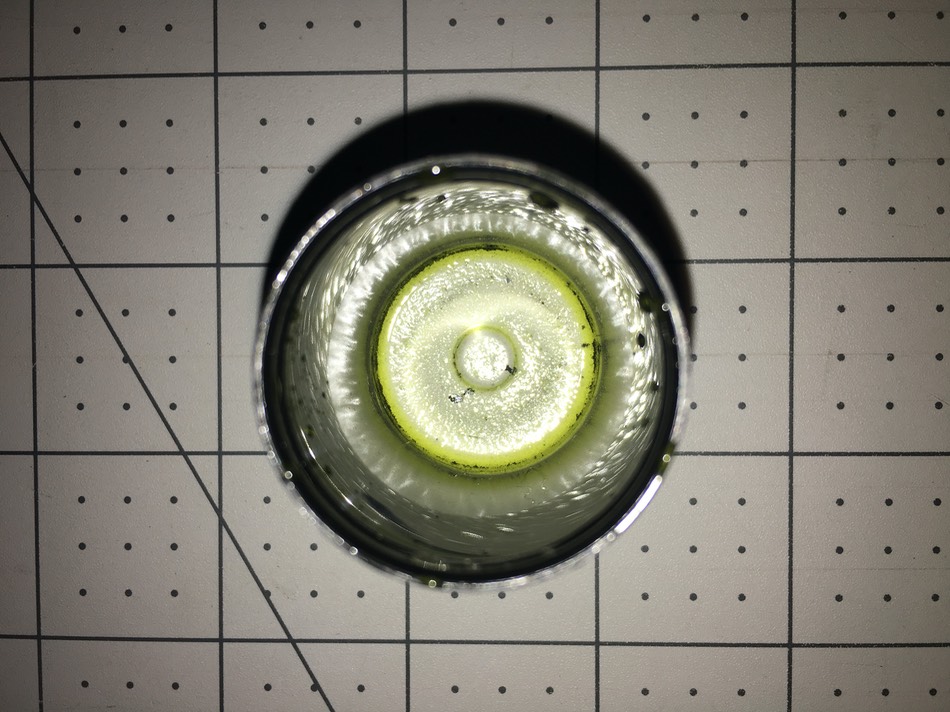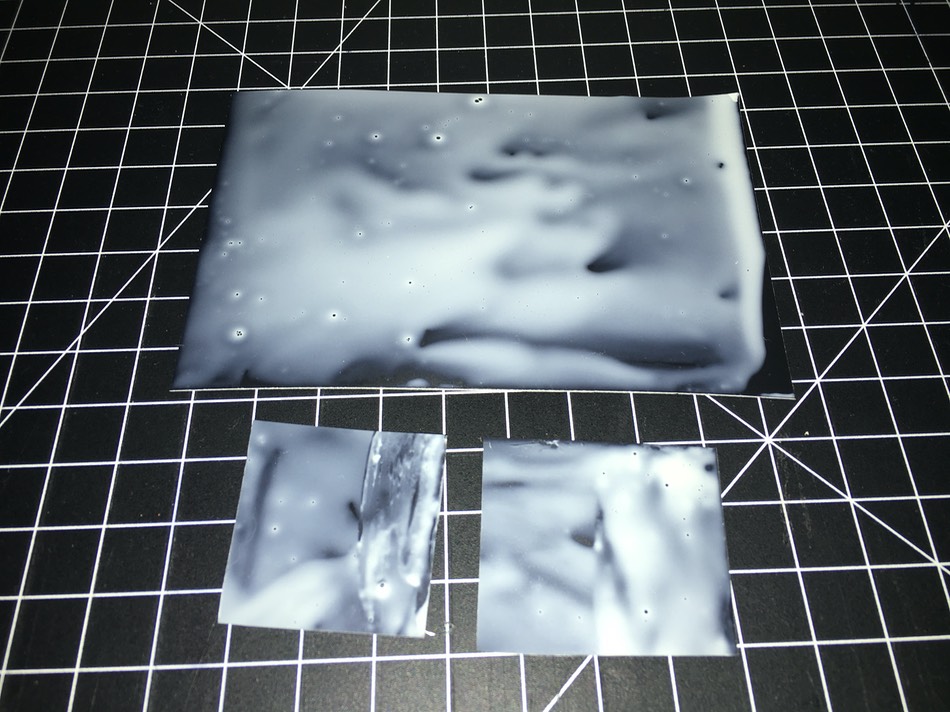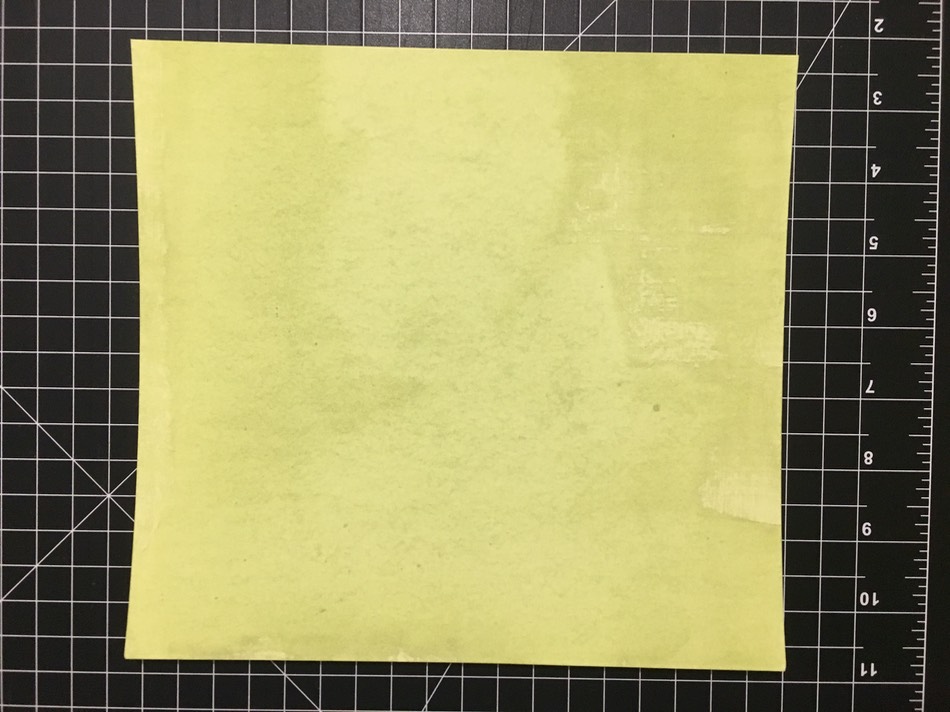The science of our supported photo chemistries has come to a wrap, for now, while we work on build-out of our new West Side Santa Cruz analog–digital photo workshop and art gallery. The summation of our initially intended photographic processes will provide creators with even ordinary skill in the arts an abundance of character and tonalities for their creations.
B&W Silver Gelatin (the silver halide process) – the standard-bearer and historic (at this point in 2017) culmination of photographic wet print processing. The Special Edition Art Project fully supports the silver halide process, using preferred ecologically responsible processing chemistries for development, fix, and wash. The facility has three Beseler 45MX enlargers allowing 35mm to modest sized 4x5 negatives to be used for a classic end to end analog print making experience.
A funny thing happened on the way to evolving wet print processing out of existence however. With the commoditization of high resolution, archival quality, digital printmaking systems from the likes of Epson and Canon, these systems can be used to produce high resolution digital negatives for analog contact printing processes. In one fell swoop, the advent of high quality digital printers decimated the end game B&W silver halide wet print creation while enabling a resurgence of wet photographic processes that can only be performed via contact printing. Processes that were left for dead as film negatives became smaller and more compact, leading the necessity of silver halide print enlargement printmaking. What is old is new again, in a very big way.
On that note, let us count the ways of the iron based print out processes (POP) we hold dear, to be exposed to actinic ultraviolet radiation of the ages via our two 18x20 UV light sources from EEPJON.
• Cyanotype: The classic, safe, affordable, indeed rather strident, Prussian Blue process.
• VanDyke Brownprint: Eminently easy and affordable silver process resulting in rich sepia toned images and archival quality cooler tones when gold salts are introduced.
• Argyrotype: The go-to process for clean, deep, archival quality silver sepia prints, overtaking VDB for clarity and Kallitype in process. With the introduction of gold or palladium salts a rival in quality and richness to the vastly more expensive platinum / palladium (Pt/Pd) process is found.
• Ziatype: Highest of quality archival palladium printing process, rivaling Pt/Pd in its tonal production and exceeding with its easily produced range of hues, processing ability and affordability.
An added bonus: instructive items we found along the way –
Silver salts love plastic. They love plastic in such a way that the silver will plate out of solution onto plastic surfaces. Why is this instructive? Turns out most of the photographic chemistry supply houses provide dropper bottles with plastic droppers - claim being exactness in drop size from dropper to dropper, unlike glass where tolerances may be less precise. What does this all mean? It means if you store, say, the silver based VanDyke or Argyrotype chemistry in a dropper bottle, your silver content will end up on the walls of the dropper rather then on your print. Best to use glass droppers for your photographic chemistry where you may have plating out of your image rendering metals. As well, don’t store VanDyke in old plastic film canisters in lieu of an amber glass bottle - same problem. The effect is pretty cool however, just destroys your ability to make prints with the resulting chemistry.

Cyanotype vs. New Cyanotype and VanDyke vs. Argyrotype: Professor Mike Ware, chemist extraordinaire, developed a Cyanotype replacement, creatively called New Cyanotype and a VanDyke (and Kallitype BTW) alternative called Argyrotype. One of the major enhancements of these alternatives is ease in clearing image highlights without staining. Staining is a real nuisance where deep lush shadow areas of an image bleed over into delicate highlights, pretty much destroying your print. Mike Ware - smart guy. He has much to say on these subjects; more on that later.
Ziatype is a palladium print out process (POP) developed in the labs of Bostick & Sullivan by Richard Sullivan, with tremendous assistance from history, collaborator Carl Weese, and the parallel work of our aforementioned Mike Ware and his collaborator Pradip Malde. One goal of Ziatype was to eliminate humidity as a major factor in the development process - a significant lever in the Ware / Malde process. While this goal was attained to a point, Ziatype is still very much at the mercy of humidity as a lever to be used in tonal hue determination.
A word from Richard Sullivan about the process: www.bostick-sullivan.com/articles/zia_ware.html
Photochemistry additives of Tween 20 10%, Citric Acid 40%, Glycerine, and Gum Arabic are wonderful assists to the various chemistries, allowing for deeper penetration of emulsion into the paper substrate, neutralizes the bleaching and premature developing effects of alkaline buffers in typical watercolor papers, holding moisture in the sensitizer within the paper, and providing a barrier to deep emulsion absorption for those particularly absorptive papers on the market. We will provide all of these additives with our chemistry kits.
Tintype, while fun, is a PITA to coat the media. As practice makes perfect, so does practicing the coating of Tintype plates. When time permits, we will again return to this lovely reversed-out silver halide goopy and hard to use emulsion process.

Double coating cyanotype. Yah, hmm, okay. While double coating both classic and new Cyanotype results in deeper darks, it also rips up the first layer of emulsion to the point of destroying the resultant print. More time here is needed with tricks to invent on laying down a smooth second coat without disturbing the first. So far we have not seen a need to double coat either VanDyke, Argyrotype, or Ziatype. The densities produced with a single coat are strong and lush, with even tonalities from shadow to highlight.

